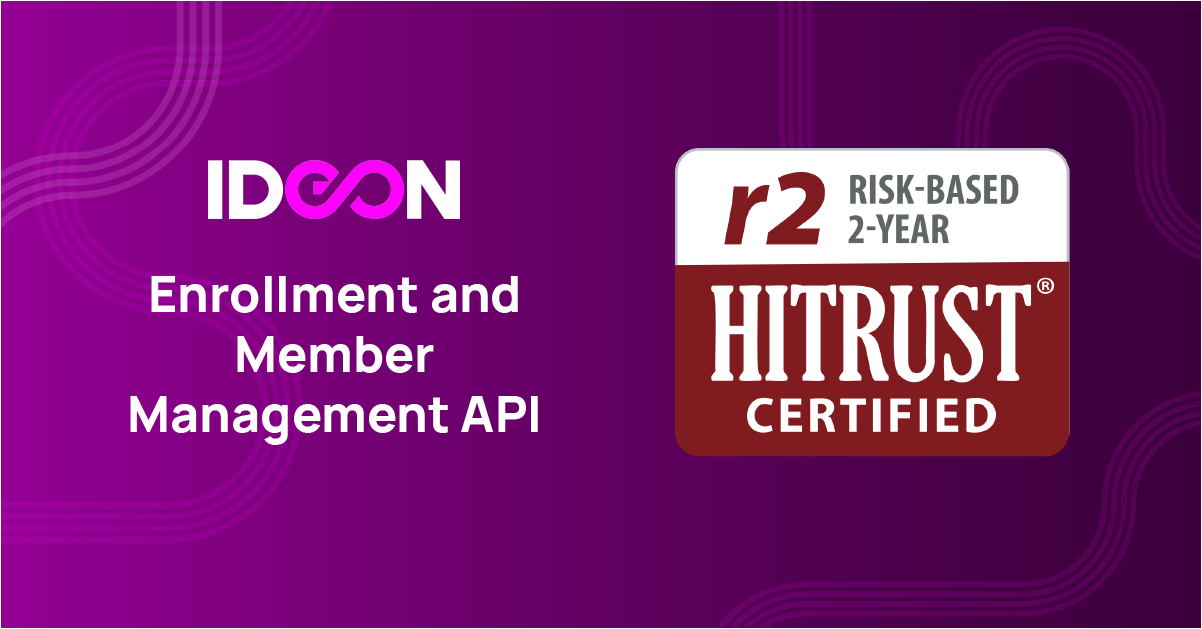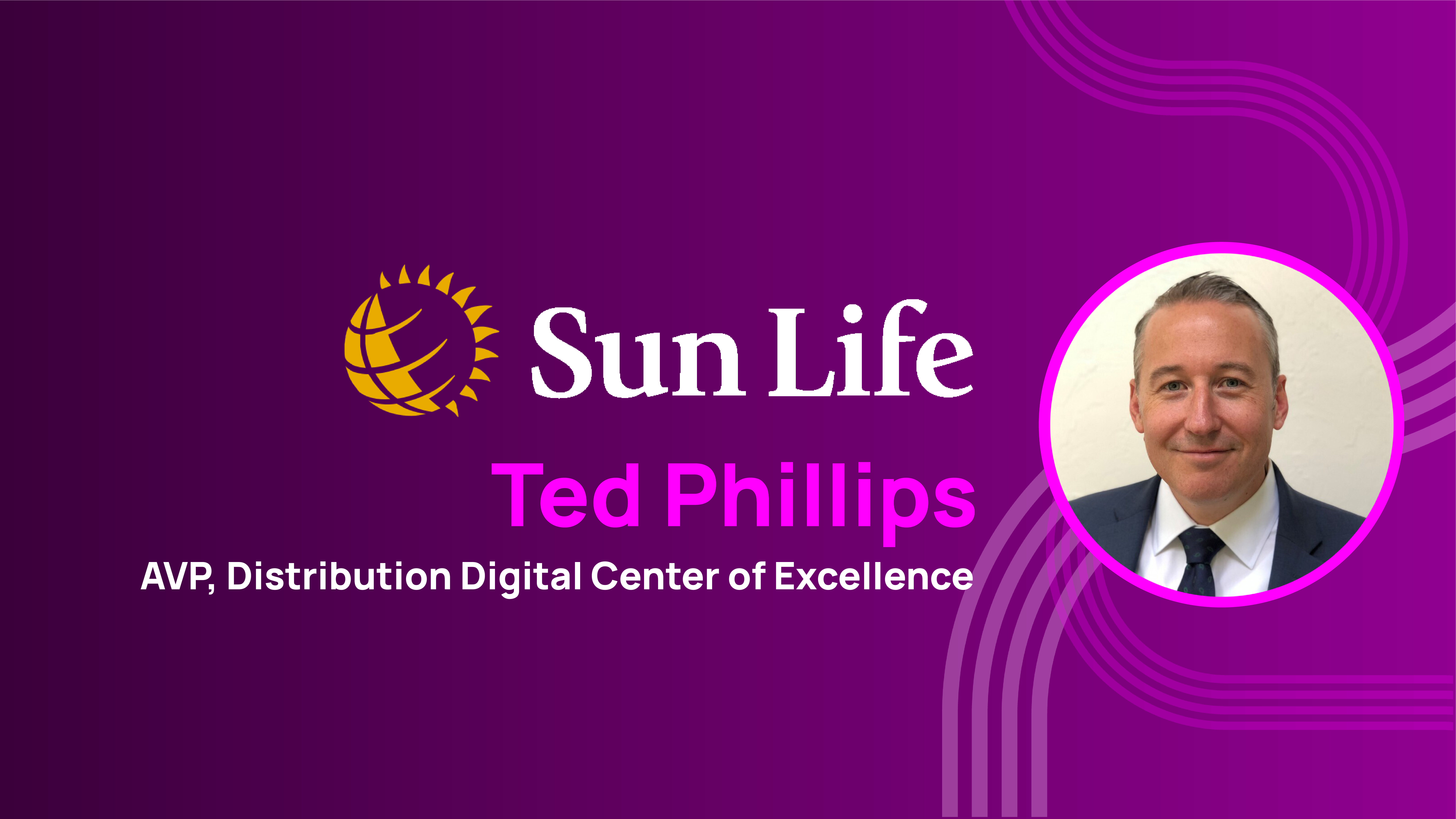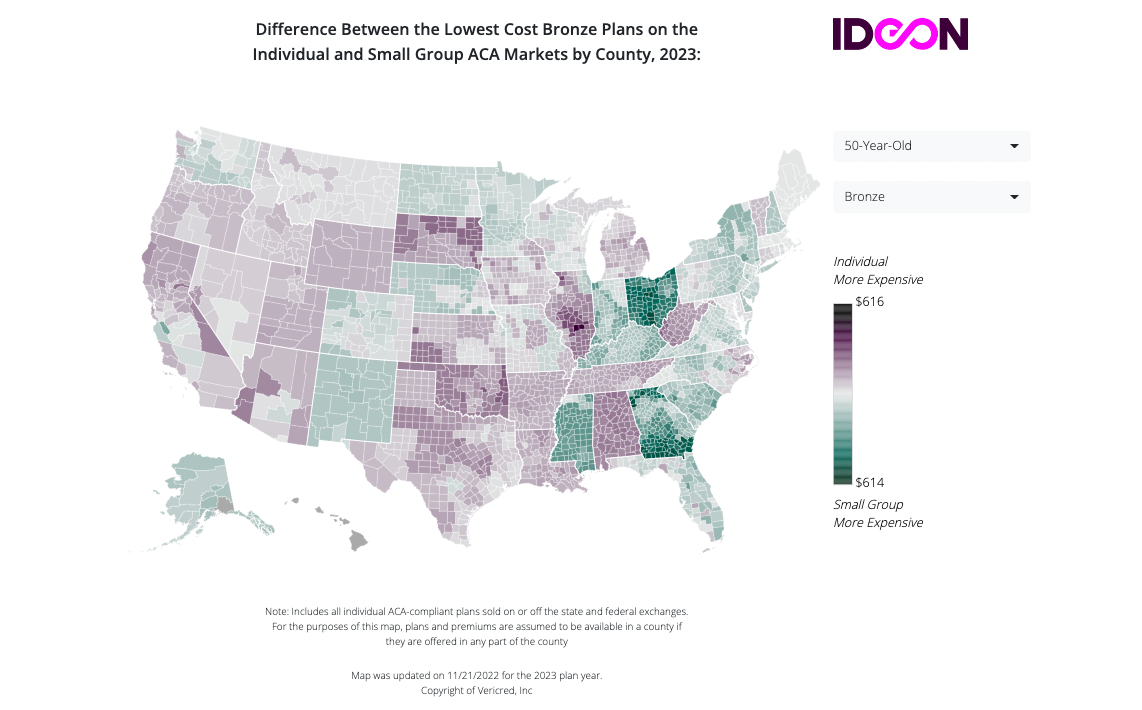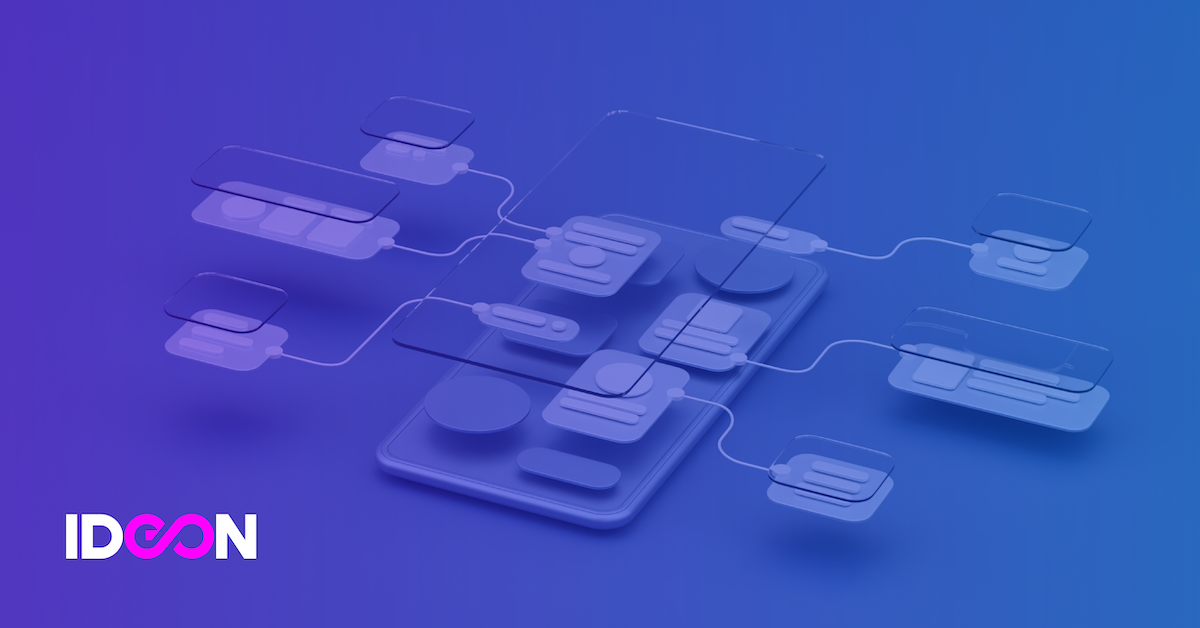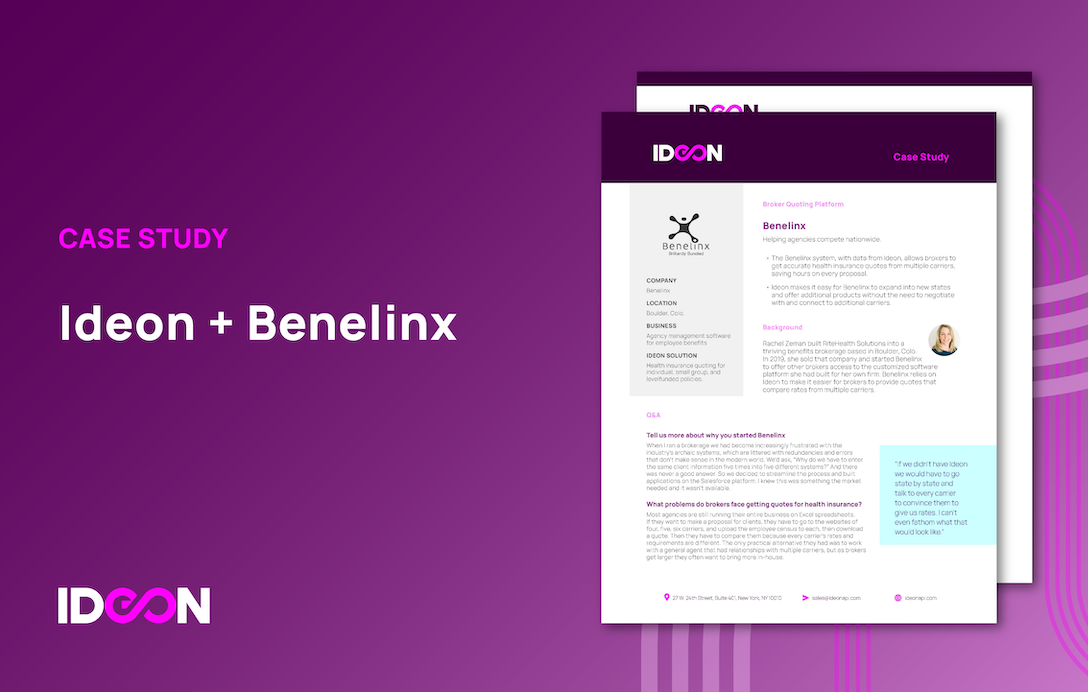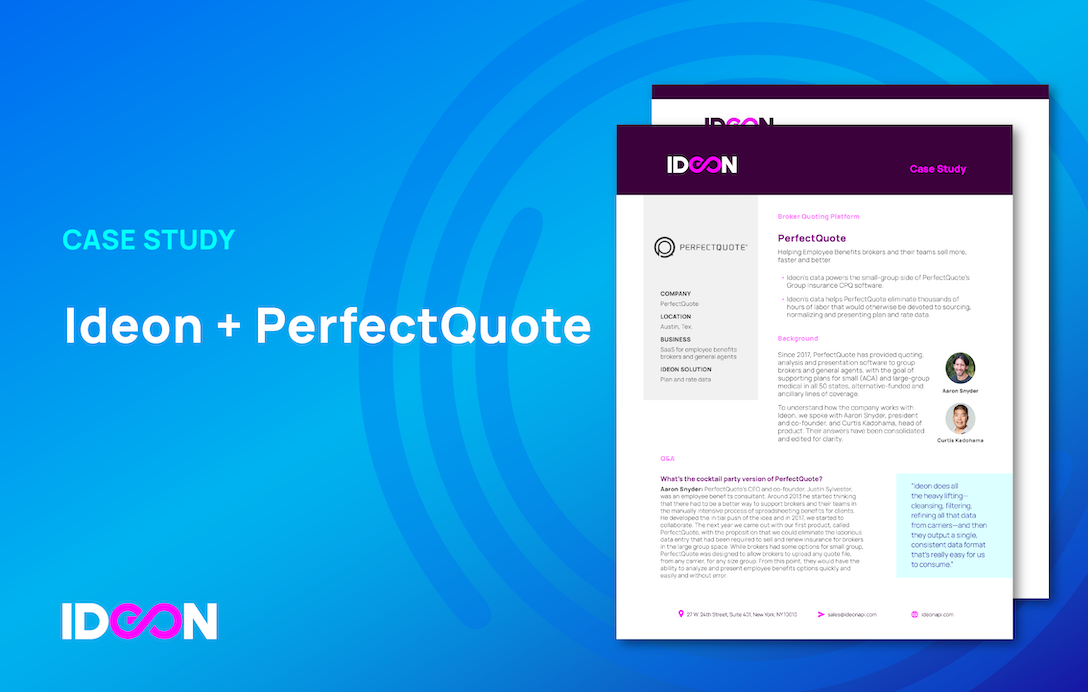Up to 9 million employees may have a coverage issue
Over the past two years, as we have scaled our enrollment and member-management solution, we’ve been surprised less by the data problems we have seen than by the resignation among various constituencies that such problems are inevitable and unsolvable. As an industry, we’ve institutionalized issues that undermine the protection of covered members, not to mention the great experiences that we’ve become accustomed to in other industries.
The data problems we see include incorrect identifiers (e.g. Social Security numbers), birth dates, effective dates, classes, divisions, addresses, phone numbers and more. Some of these are less critical than others, but many create coverage issues.
How broad are these issues? Overall, we see existing problems with approximately 10% of subscribers we migrate on to the Ideon middleware platform. Importantly, we regularly see coverage issues with 8% of the lives we migrate onto the Ideon platform. The members in this 8% are either missing coverage for which they enrolled, or are still enrolled when they should have been “termed.” Fifty-six percent of all groups we migrate on to Ideon have pre-existing, critical (coverage) errors. And substantially all large groups have such errors.
To put this into perspective: 110 million employees in the U.S. have employer sponsored health insurance and employee benefits. So if our experience holds true to the broader base, almost 9 million employees could have a coverage issue. Are we surprised? Doesn’t matter. What’s more important is that we pull on this thread to see the impacts across our ecosystem.
Let’s start with the employee, or member. Stories of arriving at the doctor only to find the coverage for yourself, or your child, is not in place are rampant. Although bad enough, this can be solved (albeit retroactively). But what about someone who dies and wasn’t properly enrolled in life insurance? Imagine the impact on the family. These are not trivial issues.
So now let’s look to the employer. Both sides of the coverage coin adversely affect the employer. If an employee is not properly terminated, the employer will continue to pay for their coverage. Worse are instances when an employee is not covered and should be. Nothing undermines employee benefits goodwill like coverage issues. Imagine a new employee whose spouse visits the doctor with a sick child only to discover the child is not covered.
Brokers and consultants are likewise not immune from the impact of coverage issues. Their responsibility often extends to open enrollment and making sure coverage is correct. This is exacerbated when they are the ones actually responsible for entering enrollment data into a broker portal or enrollment platform. The broker/consultant is often the first call from an angry HR manager. At the same time, incomplete enrollments may mean lower commissions. In a recent migration of one BenAdmin we found data issues preventing coverage that aggregated more than $1 million in premium. While certainly not all with one broker, commissions on this business were absent because of these data issues.
Which brings us to the carrier. Many put the onus on insurers to fix all issues, but they simply cannot do so without the help and cooperation of all the above entities. Unfortunately, and in the absence of solving the problem, carriers have been forced to allocate substantial resources, and develop systems and processes (think member operations and customer support), to deal with the symptoms of these issues: the unhappy member, employer and/or brokers. And as noted above, the premium leakage affecting the carriers can be substantial.
The frustrating aspect of all of this is that these problems are solvable—but it takes a village.
A role for every stakeholder
Fixing our industry’s data problems will require contribution from many stakeholders. No single party can solve these issues alone. The good news is that the benefits of resolving these issues accrue to all.
Carriers: The most important step toward resolving these issues and keeping the data clean over time is for carriers to expose group structures and censuses through some kind of repeatable digital process. With this data, the same data from the employer, through their BenAdmin, can be compared and differences surfaced. Today, very few carriers make it easy to access these data on a regular basis. This is one reason we at Ideon have written that the most important API a carrier should develop is a census API.
Middleware: The role of middleware encompasses far more than connecting carriers, BenAdmins, and other industry participants. Middleware, such as Ideon, also plays a key role in cleaning up data discrepancies and keeping employee benefit data accurate. Middleware’s role is to 1) identify discrepancies between the various parties; and 2) normalize, structure, and deliver those errors to the appropriate party to adjudicate. While the first role is obvious, the second is less so. The reality today is that each carrier describes, and delivers, the same error differently. Some may use plain language “the social security number is invalid” while others may use a code to describe that error. Many of these errors are sent by email, while some carriers send these errors in files, and a very few through APIs.
Middleware’s role of normalizing and structuring this data is critical to delivering great experiences for all of the parties who ultimately need to fix the errors. If brokers, employers and members need to parse through emails and files for errors from different carriers and/or interpret what the error is, we will never create an environment conducive to fixing these problems and keeping them fixed.
The industry-changing potential of middleware was evident in one recent migration of about 200,000 employees onto the Ideon platform, all enrolled with a large national carrier. During that migration, our technology identified errors impacting more than 16% of the employees, resulting in nearly $1 million in lost premium for the carrier—and, we expect, lost broker commissions.
In summary: we found $1 million in additional premium for the carrier, and we saved more than 30K employees from potential coverage issues. All from one migration of approximately 200,000 employees. Projected across the industry, we can safely assume carriers are leaving tens, if not hundreds of millions of dollars on the table.
BenAdmins: BenAdmins play a critical role in creating a path for these errors to be addressed. While we, as middleware, can surface these problems, we cannot adjudicate many of them. As such, BenAdmins need to build into their solutions a means of directing each error to the appropriate party. A demographic error can be sent directly to the employee. But class, division and other such errors need to be addressed by the employer. Still other information may need the broker or consultant to weigh in.
Ideon triages, classifies, and structures these errors allowing for easy and repeatable direction of errors to the responsible party.
Brokers: For some employers, especially smaller companies who may not be using a benefit administration system, the responsibility for fixing the errors falls on the broker. Once surfaced, brokers have a responsibility to fix the data discrepancies. At first this can be daunting when confronted with the sheer number of problems that need to be addressed. This is especially true as we all set on a path to clean up pre-existing problems. Fixing Social Security numbers, birth dates, effective dates and the like is self-evident. But some may be inclined to dismiss errors in addresses, or such demographic data. But ultimately a great member experience relies on these data being right. Whether it is for receipt of plan materials, or a claim check, this often-ignored data is critical.
The good news is that once the heavy lift of cleaning-up existing problems is complete, very little ongoing work by the broker should be required to keep the data clean.
Employers: Employers too have a role to play. It is incumbent upon the employer to make sure enrollment and effective dates are corrected and to address any inconsistencies around an employee’s classification including assignments to certain divisions, departments etc.
The first step: A shift in mindset
If the above framework feels daunting — I get it. Fixing a deeply embedded, decades-long problem is always challenging, made more difficult in a complex industry with numerous stakeholders and competing priorities. But we must start somewhere.
As a starting point, I hope to see the industry to coalesce around—and be inspired by—these three convictions:
1) It’s a problem worth fixing.
2) It’s solvable.
3) It requires industry-wide collaboration.
If we as an industry can shift our mindset and unite behind these three beliefs, we’ll be on our way to eliminating inaccurate benefit data—and its harmful impact.

